Les Indes Noires
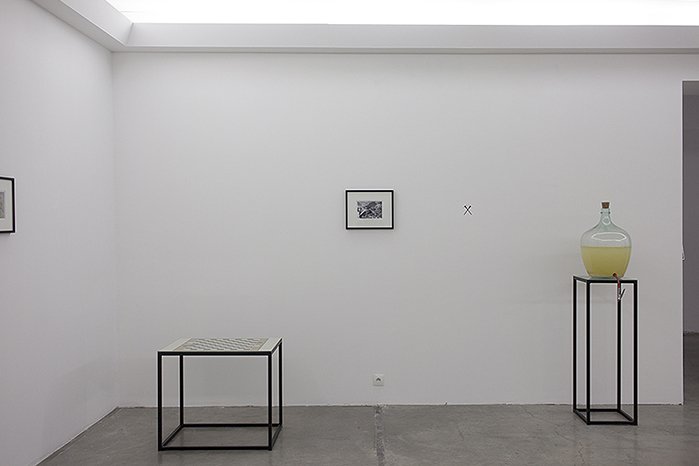
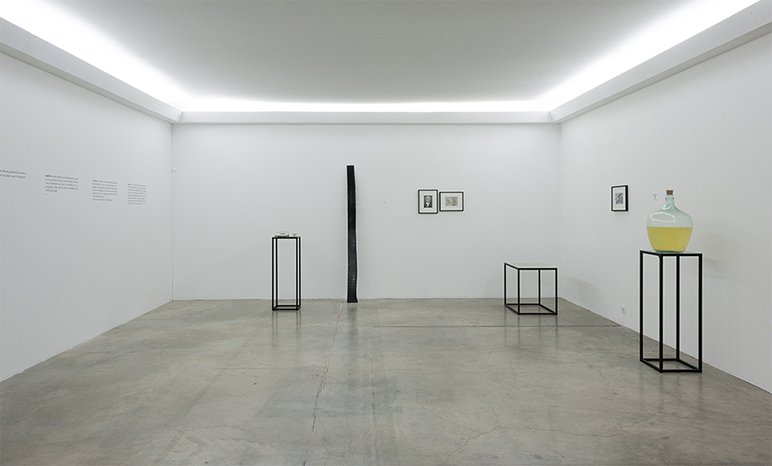
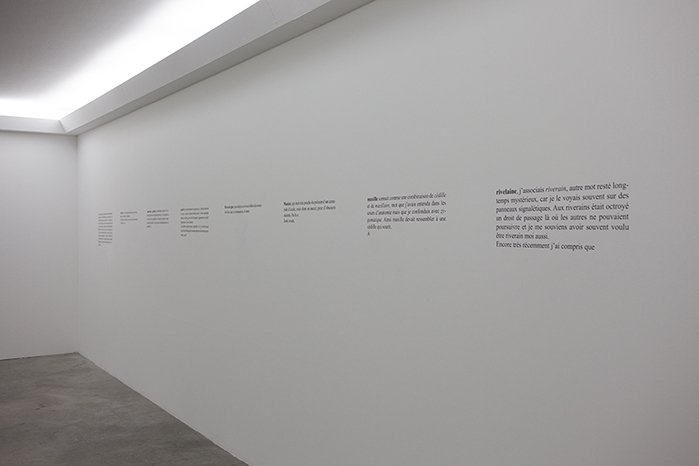
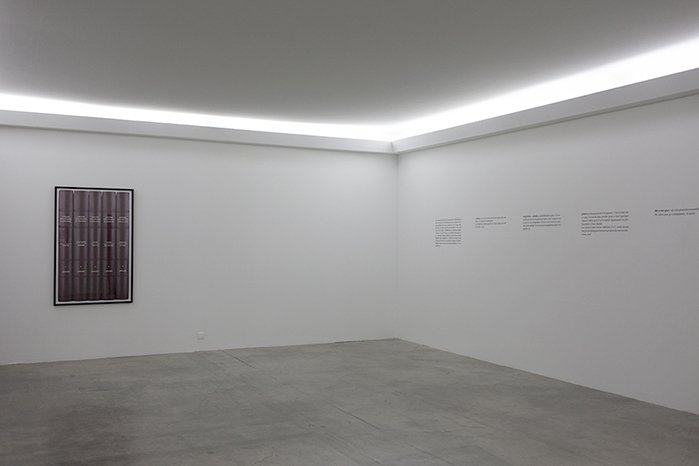
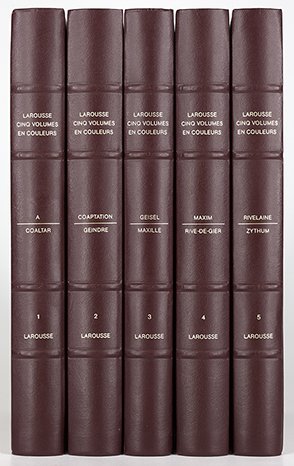

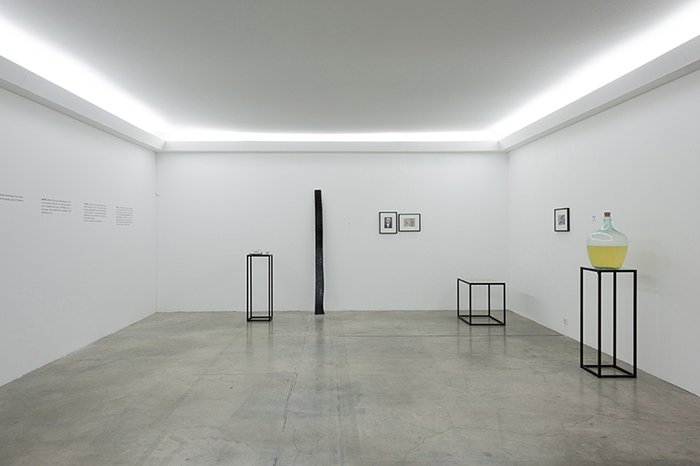

Les Indes Noires est une installation qui prend sa source dans les mots-clés inscrits sur le dos de chacun des cinq volumes du dictionnaire encyclopédique Larousse de 1983, conservé chez les parents de l’artiste. Les dix termes, visibles au premier coup d’œil, divisent cet ensemble encyclopédique en un nombre de volumes manipulables et ont également une fonction typologique, permettant à l’utilisateur de se repérer alphabétiquement. Très peu usités dans le langage courant, les différents mots présents ici n’apparaissent que pour une fonction utilitaire, ayant pour but de faciliter la recherche de l’utilisateur. Ils existent alors dans une situation étrangère à leur sens premier et en perdent de ce fait leur signification. Agissant comme de petites énigmes, ces dix mots ont accompagné Gaël Grivet pendant une partie de son enfance. A chacun de ces termes, il a attribué des significations par analogies ou rapprochements basées sur sa propre expérience. La première partie de l’installation présente les souvenirs de ces « définitions », qui renvoient à la représentation du savoir et du monde de l’artiste à une époque donnée, et qui s’ajoutent, non sans naïveté, au savoir encyclopédique. La seconde étape de l’installation présente un corpus d’objets qui sont autant de formalisations des mots présents sur les dos de l’encyclopédie, jouant cette fois-ci avec leur véritable définition. Les objets produits forment un ensemble d’illustrations, qui, tout en se rapportant aux termes de base de l’encyclopédie, génèrent de nouveaux signes pour lesquels le signifié est incertain. Ces deux parties agissent comme deux moments d’interprétation autonome relatifs aux mots-clés initiaux, pendant lesquels Gaël Grivet manipule le signe linguistique dont il s’applique à mettre en mouvement les catégories.
Les Indes noires/The Black Indies is an installation whose source lies in the keywords written on the spine of each of the five volumes of the 1983 Larousse Encyclopaedic Dictionary, in the home of the artist’s parents. The ten words, visible at first glance, divide this encyclopaedic set into a number of easy-to-handle volumes, and they also have a typological function, enabling the user to find his way around alphabetically. The different words here present, which are very little used in everyday language, only appear for a utilitarian function, their purpose being to make the user’s search easier. So they exist in a situation that is alien to their primary sense, and, as a result, they lose their meaning. These ten words, acting as little enigmas, accompanied Gaël Grivet for part of his childhood. He has attributed meanings to each one of these terms through analogies and comparisons based on his own experience. The first part of the installation presents memories of these “definitions”, which refer to the representation of the artist’s knowledge and world at a given time, and which are added, not without naivety, to the encyclopaedic knowledge. The second stage of the installation presents a corpus of objects which are so many formalizations of the words present on the spine of the encyclopaedia, playing this time around with their real definition.
The objects produced form a set of illustrations which, while relating to the basic terms of the encyclopaedia, give rise to new signs for which the thing signified is uncertain. These two parts act like two autonomous moments of interpretation in relation to the initial keywords, during which Gaël Grivet manipulates the linguistic sign whose categories he tries to set in motion.
(Bénédicte Le Pimpec)
Installation, matériaux divers.
Vues de l’installation : Le Principe Galápagos, Palais de Tokyo 2013







